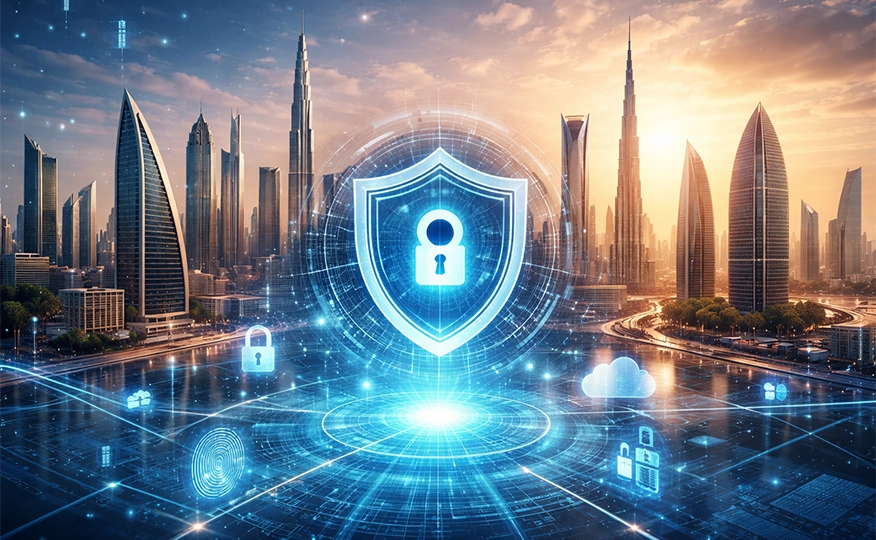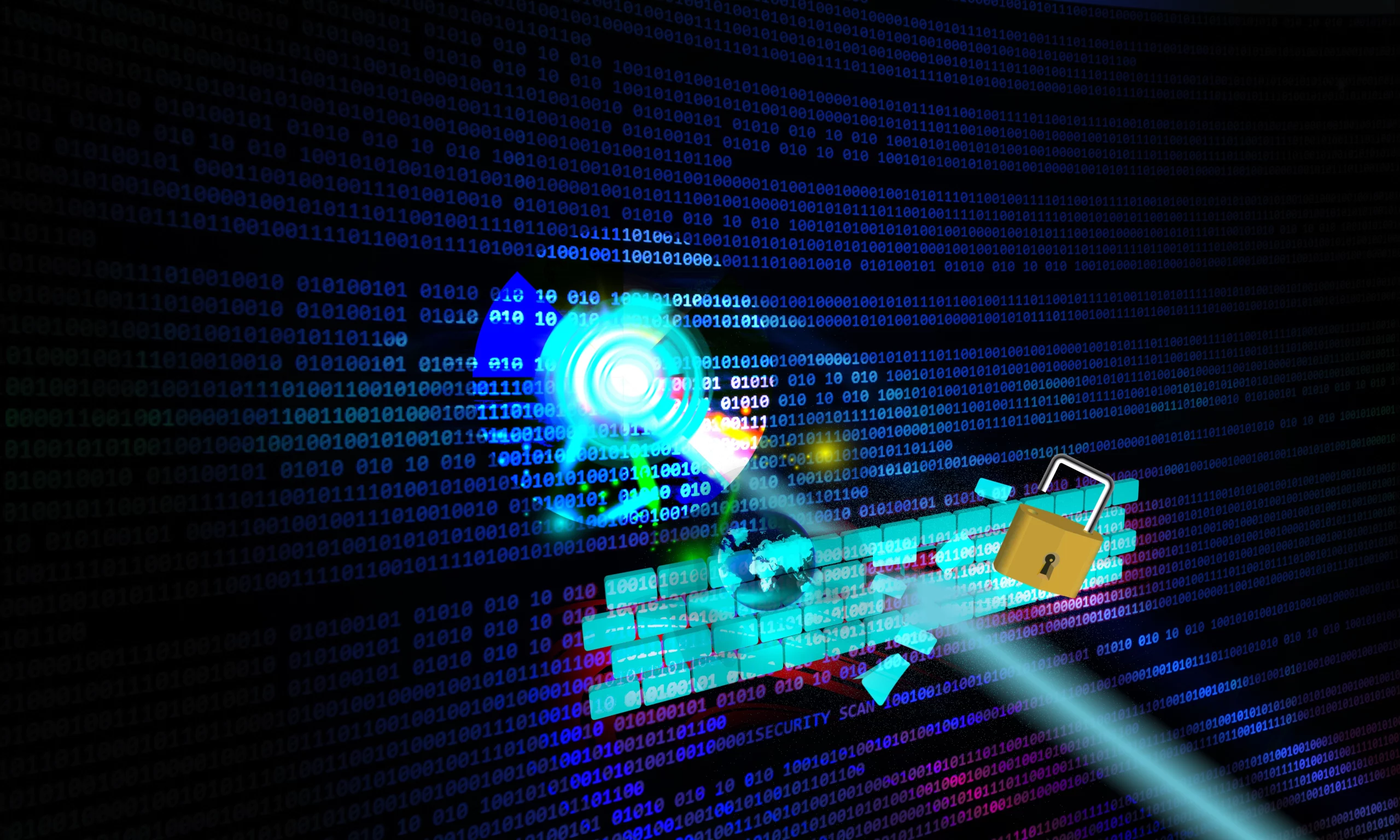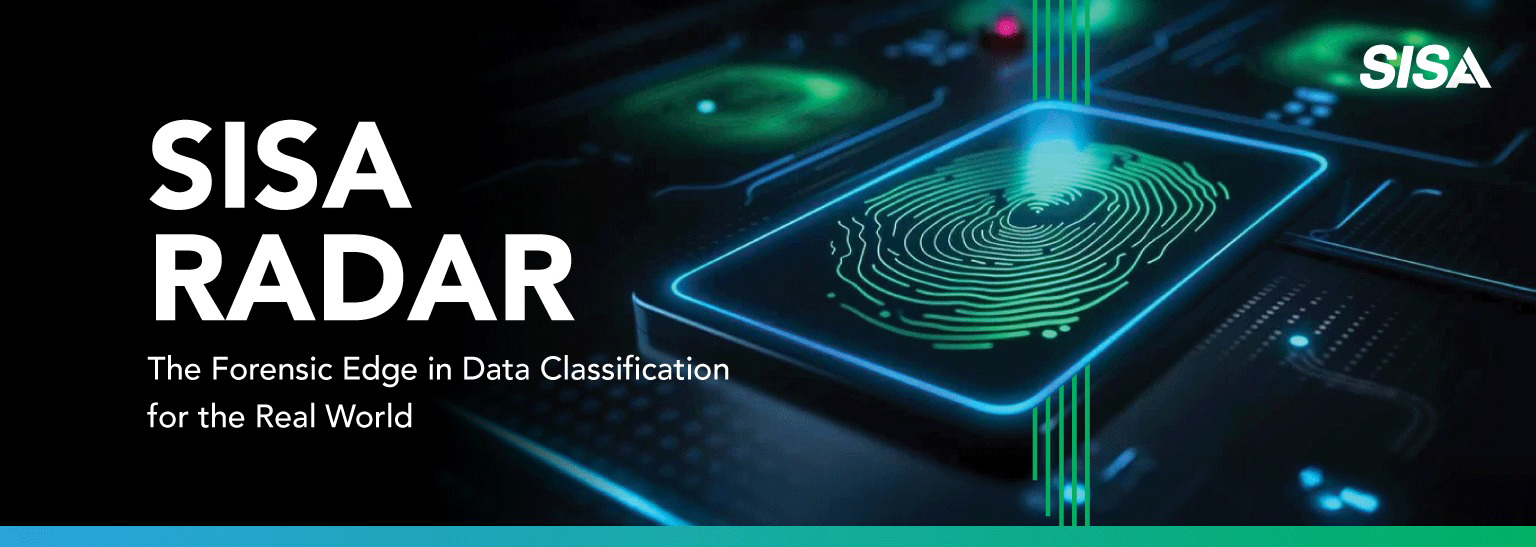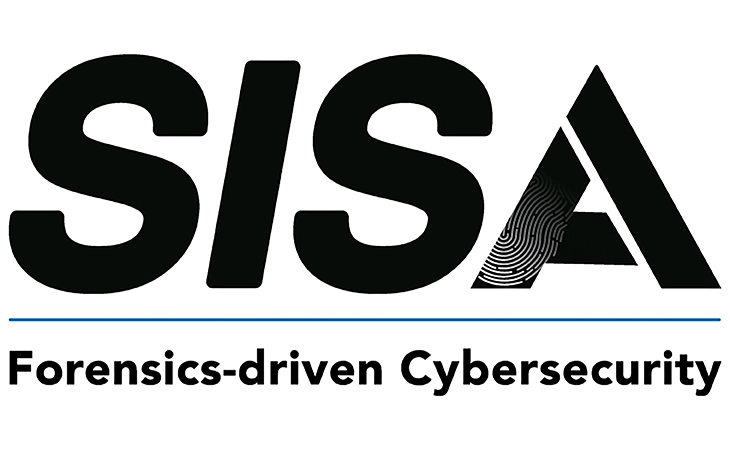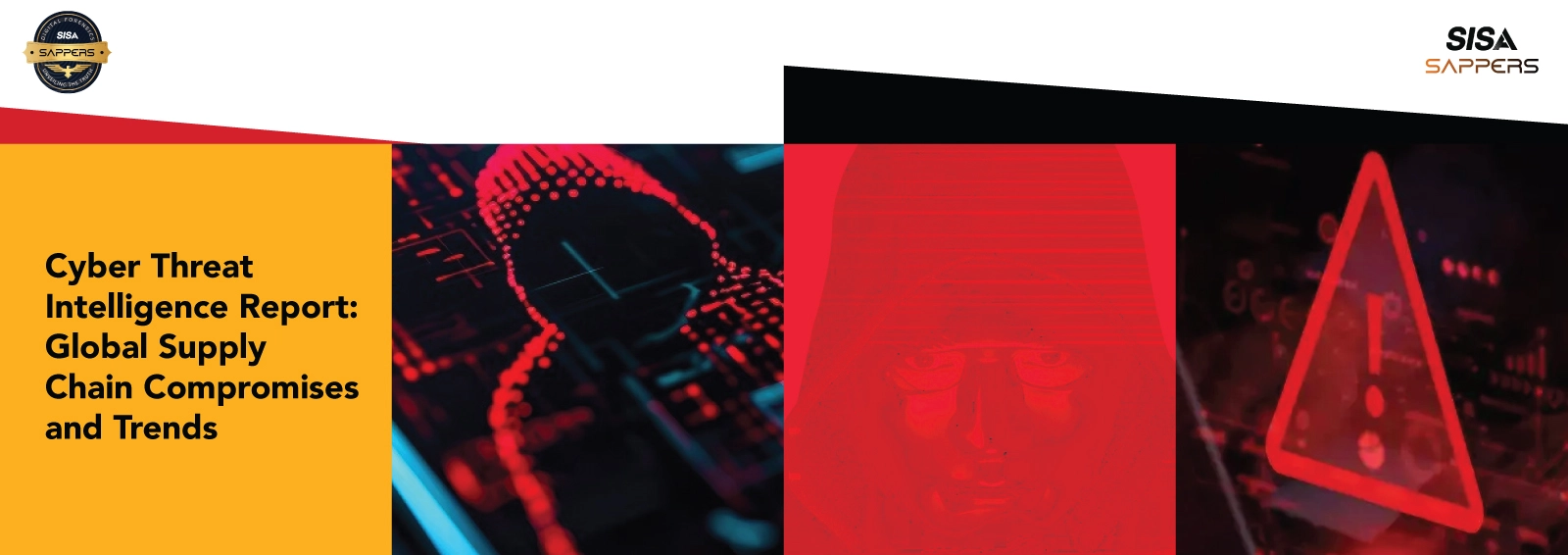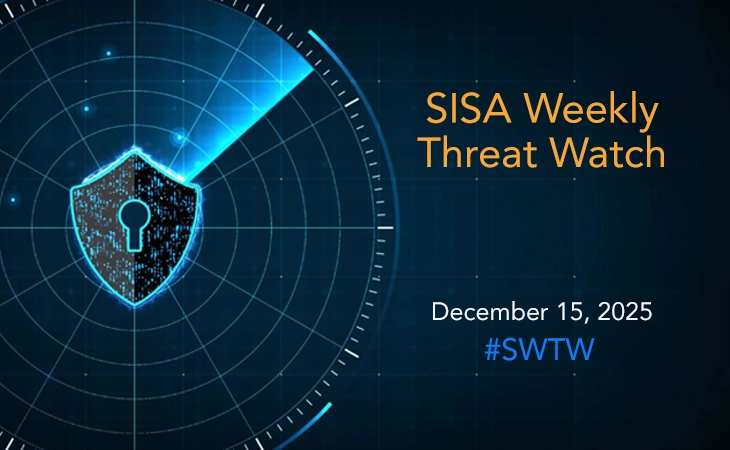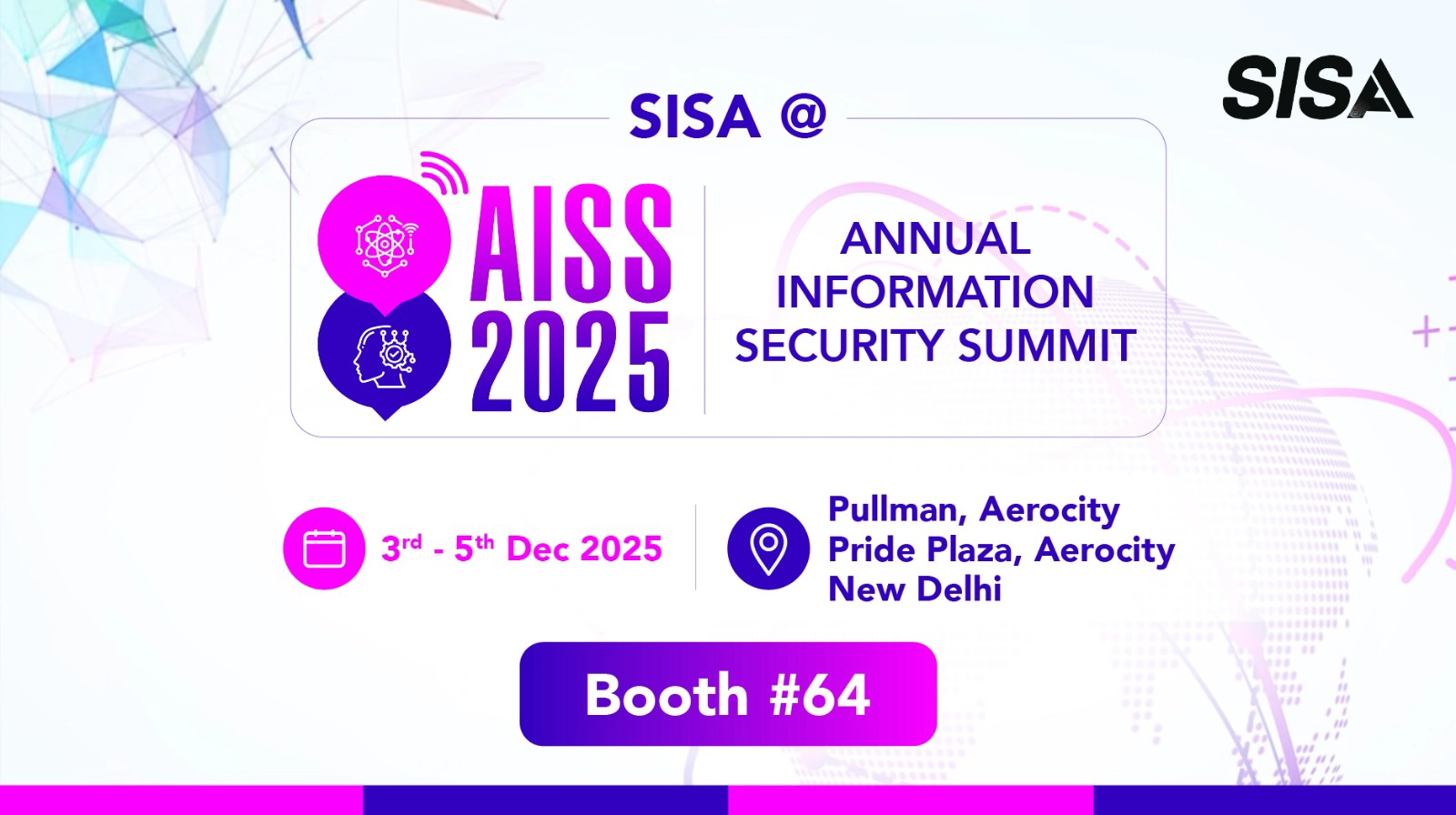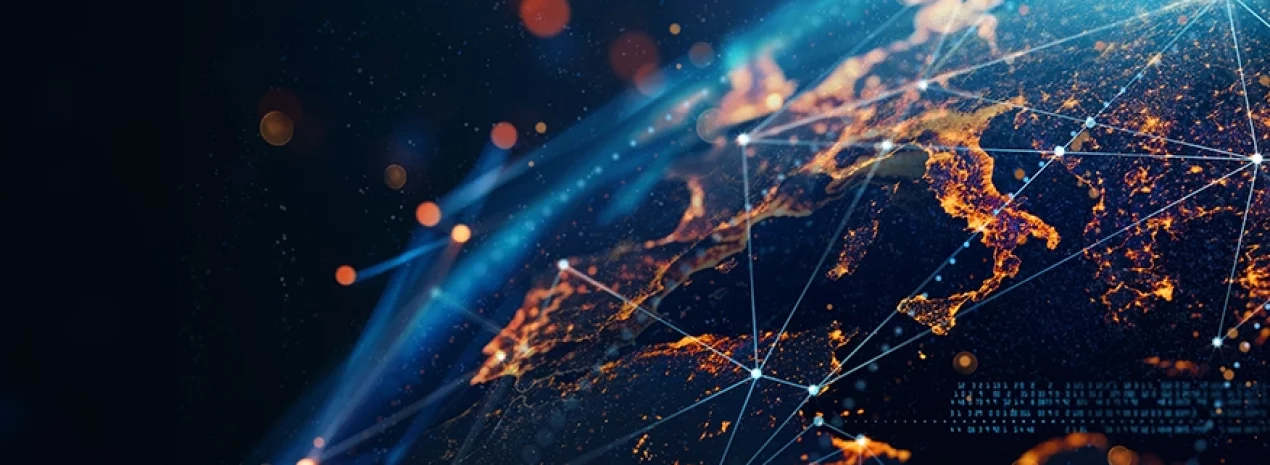
10 Cybersecurity Best Practices in the Age of AI (2025)
As artificial intelligence (AI) continues to transform industries across the globe in 2025, it’s also revolutionizing how cyber threats are executed. From hyper-personalized phishing attacks to adaptive malware powered by machine learning, cybercriminals are no longer acting alone, they’re using AI as a force multiplier. In this high-stakes environment, cybersecurity can no longer rely on legacy practices.
For businesses, government agencies, and even individuals, safeguarding digital assets has never been more complex or more critical. The very tools that accelerate growth and innovation can also expose vulnerabilities if not secured properly. This is why cybersecurity best practices must evolve in sync with AI advancements, becoming smarter, faster, and more adaptive.
Why These Cybersecurity Best Practices Are Necessary in 2025
Cybersecurity isn’t just a technical function anymore, it’s a strategic necessity. The convergence of AI, cloud computing, IoT, and remote work has created an attack surface too vast to be protected by outdated tools or passive defenses. Threat actors today use automation, predictive analytics, and social engineering at scale, which means security strategies need to be just as intelligent and responsive.
Implementing cybersecurity best practices isn’t about ticking boxes, it’s about building a resilient and proactive defense. These practices help organizations not only reduce risk but also maintain customer trust, ensure regulatory compliance, and continue innovating without fear.
1. Integrate AI-Driven Threat Detection and Response
Cyber threats in 2025 evolve too rapidly for manual monitoring to keep up. AI-driven platforms offer real-time visibility, anomaly detection, and automated responses to threats that traditional systems might miss. These solutions are essential for managing large-scale networks, remote workforces, and complex digital environments.
By proactively identifying and neutralizing threats, organizations can stay one step ahead in an increasingly hostile digital landscape.
Top Benefits of AI-Powered Threat Detection
- Detects patterns and anomalies faster than human analysts.
- Automates containment and remediation, reducing damage.
- Scales with your infrastructure without sacrificing accuracy.
2. Implement Zero Trust Architecture (ZTA)
With the rise of remote work and cloud services, the traditional security perimeter is obsolete. Zero Trust treats every user and device as untrusted until verified, regardless of their location. It continuously validates access and enforces strict segmentation to limit breach impact.
By assuming breach and verifying every access request, organizations can minimize risk and build a more resilient security posture.
Why Zero Trust Is Non-Negotiable in 2025
- Prevents lateral movement inside your network after a breach.
- Verifies identity at every access point, not just login.
- Strengthens cloud and hybrid environment security.
3. Harden AI Models Against Adversarial Attacks
AI systems themselves can be manipulated with adversarial inputs carefully crafted data that causes them to misinterpret threats or behave erratically. Without defenses, your AI could become your weakest link. Organizations must proactively secure their AI models to prevent them from becoming entry points for attackers.
Defending against adversarial manipulation is key to ensuring trustworthy and resilient AI systems.
Key Outcomes of Adversarial Resilience
- Prevents attackers from exploiting vulnerabilities in AI algorithms.
- Protects decision-making in critical systems like fraud detection.
- Ensures your AI outputs remain trustworthy and reliable.
4. Enhance Data Governance and Privacy by Design
AI systems depend heavily on data and when data is poorly governed or insecure, it becomes a liability. Strong data governance ensures that privacy, compliance, and security are integrated into how data is collected, stored, and used.
Without strong data governance, even the most advanced AI can lead to breaches, bias, or compliance failures.
Why Data Governance Is Key to AI Resilience
- Mitigates risks of data leakage or misuse by AI systems.
- Supports compliance with GDPR, CCPA, and evolving global laws.
- Reduces insider threats through access control and classification.
5. Deploy Continuous Security Awareness Training with AI Simulations
Despite technological advances, human error still causes the majority of breaches. Continuous training, especially using AI-generated attack simulations keeps employees alert and responsive to real-world threats.
Even the best tools can’t compensate for untrained users. AI-driven simulations help turn your workforce into a proactive line of cyber defense.
Keeping Humans Sharp in an AI-Driven Threat Landscape
- Builds a cyber-aware culture across all levels of the organization.
- Adapts training to individual risk profiles using behavioral analytics.
- Simulated phishing and social engineering keep skills sharp.
6. Establish a Secure AI Supply Chain
From open-source code to pre-trained models, AI development often relies on third-party tools. Without due diligence, these components could be Trojan horses for attackers. A secure supply chain ensures the integrity of everything you build on. Ensuring the security of your AI supply chain is also crucial to prevent hidden threats from compromising your models and systems.
Thorough vetting and continuous monitoring of third-party tools and datasets are essential for maintaining the integrity of your AI infrastructure.
Key Advantages of a Secured AI Supply Chain
- Detects vulnerabilities in third-party AI tools and datasets.
- Prevents dependency on compromised or unverified components.
- Enables audits and traceability through Software Bills of Materials (SBOMs).
7. Embrace Quantum-Ready Cryptography
Quantum computing may not be mainstream yet, but threat actors are preparing and so should you. Data stolen today can be decrypted tomorrow once quantum capabilities mature. Adopting quantum-resistant encryption is a futureproofing strategy.
As quantum computing advances, the risk of current encryption methods being compromised increases. Preparing now by adopting quantum-resistant encryption ensures your data remains secure, protecting it from potential future threats.
Strategic Advantages of Quantum-Proofing Your Security
- Protects sensitive data from “harvest now, decrypt later” attacks.
- Positions your organization ahead of post-quantum regulations.
- Enables a gradual, low-risk migration to quantum-safe algorithms.
8. Automate Compliance with AI and ML
Regulations are constantly evolving, and staying compliant manually is both time-consuming and error-prone. AI can automate compliance checks, reduce overhead, and ensure you’re always audit-ready.
AI-driven automation streamlines compliance processes, ensuring real-time adherence to evolving regulations while reducing the risk of errors and manual effort.
Key Benefits of Automating Compliance with AI/ML
- Maps security controls to standards like ISO, PCI DSS, and HIPAA.
- Detects non-compliance in real time, minimizing penalties.
- Streamlines documentation and evidence collection for audits.
9. Use AI for Proactive Threat Hunting
Traditional security waits for alerts, proactive threat hunting seeks out hidden threats before they do damage. AI supercharges this process by analyzing vast amounts of data for subtle signs of compromise.
AI-powered proactive threat hunting enables organizations to stay one step ahead by actively searching for hidden threats within their systems, rather than waiting for alerts, ensuring that potential breaches are addressed before they escalate.
Why Proactive Defense Beats Reactive Response
- Identifies stealthy threats missed by conventional defenses.
- Reduces dwell time, the period attackers stay undetected.
- Allows security teams to focus on high-priority threats.
10. Build a Culture of Secure Innovation
Security and innovation should work together, not in opposition. When security is embedded into every stage of development and AI adoption, organizations can move fast without breaking things.
Building a culture of secure innovation enables organizations to accelerate progress while minimizing risks.
Integrating Innovation with Inherent Security
- Encourages secure-by-design principles in product and AI development.
- Fosters cross-functional collaboration between security, dev, and AI teams.
- Reduces time and cost of security fixes post-deployment.
Conclusion
In 2025, the cybersecurity landscape demands more than reactive defenses, it calls for intelligent AI-powered strategies that evolve as fast as the threats they guard against. These cybersecurity best practices are not just technical recommendations but foundational pillars for sustainable growth, trust, and resilience in the AI age.
By adopting these 10 cybersecurity best practices, businesses can protect their assets, empower innovation, and stay one step ahead in a world where AI is both the greatest opportunity and the greatest threat.
Latest
Blogs
Whitepapers
Monthly Threat Brief
Customer Success Stories
 USA
USA India
India APAC
APAC Middle East
Middle East Global
Global




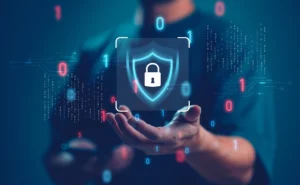

 Facebook
Facebook Linkedin
Linkedin  X
X Youtube
Youtube
